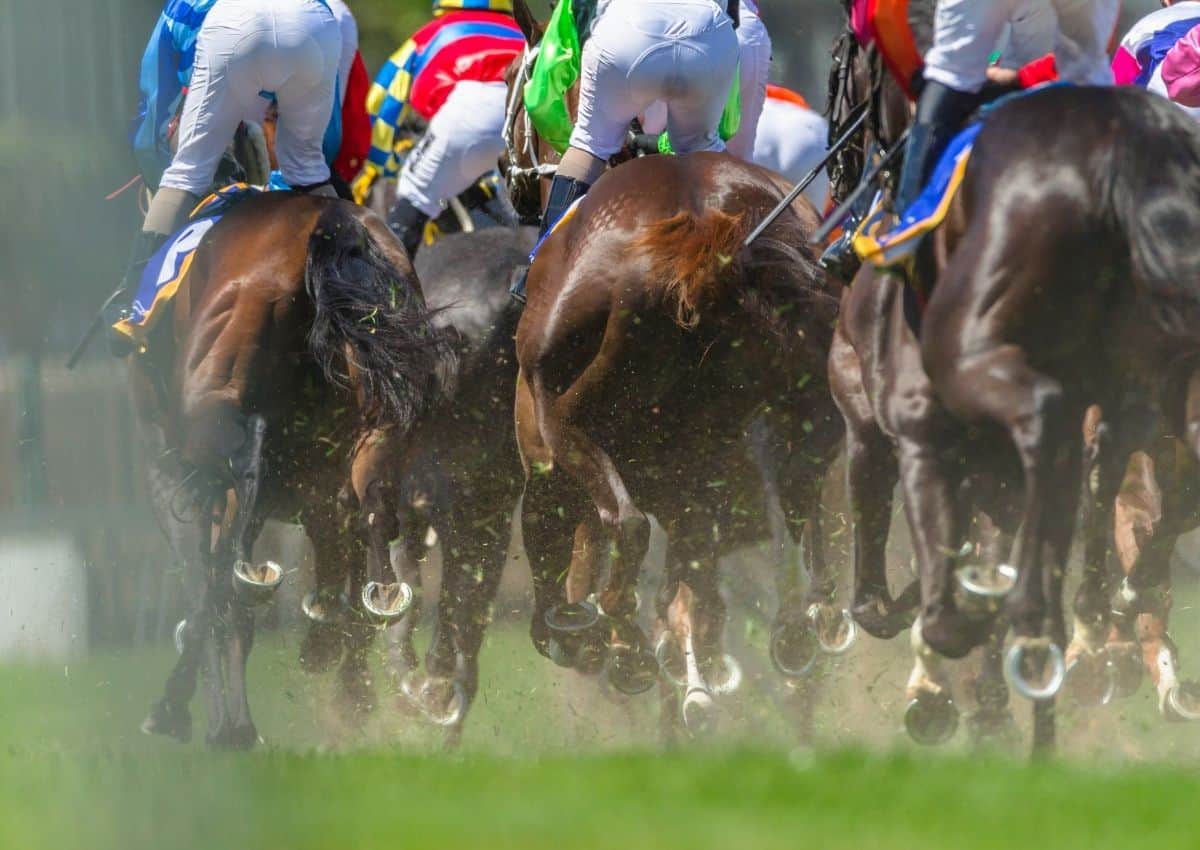Horse racing is also one of the most popular sports in Australia. With top tracks like Flemington in Melbourne, it is no wonder Australian sport fans love to be involved. When you also factor in major international horse racing festivals across the world, this is a sport with lots to offer. If you like to bet on the horses, it is a good idea to do all you can to refine your approach and hopefully win more from the races on which you gamble.
Of course, there are some great ways to boost your chances of success when betting at races or major festivals. One tried and trusted method many punters use is finding a trusted online resource which gives out tips and information on the best horses to back. An illustration of this idea in action is picking up the best Cheltenham tips 2021 online at the cheltenhamfestival.net site. This website is a very popular resource for those betting at Cheltenham and gives an expert rundown of the horses to watch in each race of the festival.
Another top way to get ahead in horse racing betting is learning to read the racecard properly. The racecard is simply a list of the horses running in a race along with other key details about them and the race itself. But how do you read a racecard like a pro and how can it help your betting?
Reading a racecard – how do you do it?
There is a lot of information on any one racecard and this is what puts a lot of people off. Some of the facts are not quite as important as others – the colour of the jockeys’ silks being a good example.
With this in mind, it is important to focus on only the essential pieces of information. Of course, the top of the card will show the time of the race and the name of the event. The going and the distance will normally be shown, too. That is worth studying, as it shows what state the ground is in and how far the race will be run. The weight that each horse is carrying is also given.
In addition, the class of the race and the age of horses will usually be given. This is vital information as it shows how high a level the race is (Class 1 being the best) and how old the horses are. If you are running a betting strategy which takes into account things like this, it is crucial data to pick up on.
The trainer’s name will also be shown, and that is something to take into account because some are more successful than others. Some trainers will be in great form at the moment, for example, or have a good record at that course. The jockey will also be named, and his form is relevant. They may for example be a top jockey who only rides the best horses. All of the indicators are very helpful when deciding on a bet.
What else should you look at on the racecard?
A card will also show the betting odds in the current race. This shows you how much you will win if your bet comes off but also how much chance the bookies give it of winning. The form of each horse over the last few races will also be detailed. This is displayed as where they finished in the race and is usually shown just below their number. So, a horse which has 26813 showing finished 3rd in their most recent race, came first in the one before that and so on. This is handy to know so you can see which horses are in form and which may do well again.
The last pieces of information on the card are certain letters appearing next to a runner’s name. CD, for example, denotes a horse that has won over that course and distance before – the inference being that he may do well again. If C or D is shown but not together, that means the horse has won at the course and distance but not in the same race. If you see BF, this means they were a beaten favourite in their last race. This can be worth knowing as it signals it is a decent horse that might be extra motivated to do well in the race.
Why does learning to read a card help your betting?
The simple answer is that it stops you placing bets at random or that are not based on hard facts. It helps you to make an informed choice when gambling, rather than picking a horse out of the air and hoping for the best. While learning to read the card is no guarantee of success, it will help you start to narrow down the field to horses who stand a good chance of doing well.
By using the knowledge from the card, you are better informed as a punter to make sound decisions on which horses to back. In the long term, this can ensure you have more winners. Reading the card also makes it much quicker to pick up on this data, rather than having to scour the web for the same amount of information on each horse.
Take time to learn how to read a racecard
For any horse racing fan around Australia, it really is worth learning how to read a racecard properly. It will save you lots of time getting the data you need before betting and allow you to make much more informed betting decisions.











